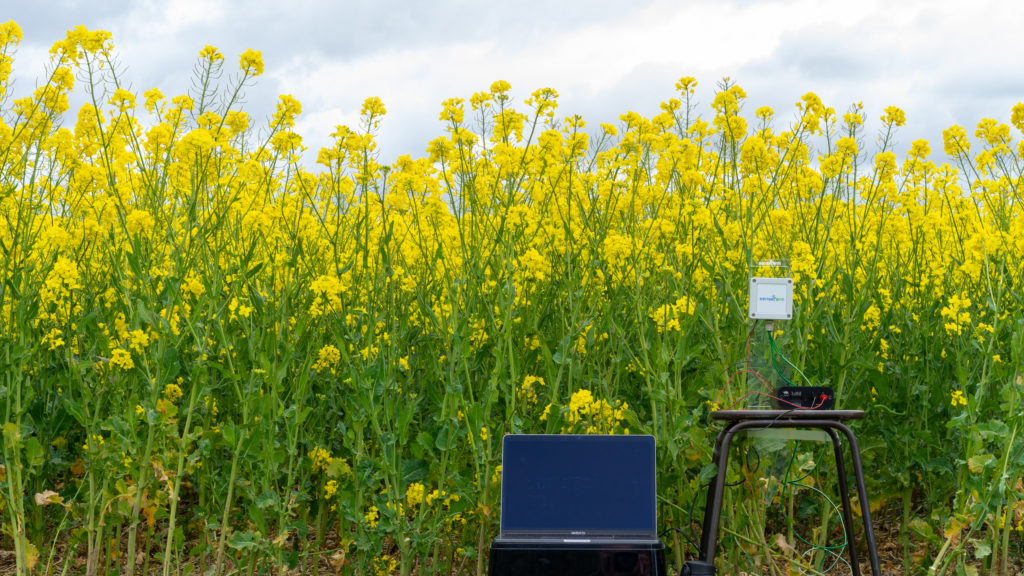Solar energy harvesting for IoT is moving from hobbyists and makers to mainstream professional IoT applications. The driving factor is the sustainability of the business model.
For growing applications in agricultural monitoring and asset tracking, the main reasons for using solar energy are to eliminate pain points: inaccessibility and cost of maintenance. If you don´t have access to the grid-based energy source or cannot justify the cost of changing the batteries often, this can be the solution for you.
Key things to consider
One key to getting the solar-powered IoT applications right is, of course, access to light. However, as for batteries, many make a mistake thinking that this is the key. Focusing only on the energy source, e.g., using the most energy-packed battery or the largest solar panels, can impact the size and cost of your product as well as limit its application.
The key things to consider for getting the solar harvesting right for your IoT device are:
- The access to light, natural and/or artificial
- The power consumption profile of your IoT device
- The performance of the solar panel and its energy storage
Best practices in picking the right solar panel for an IoT device
The goal of evaluating solar energy harvesting as a potential energy source is to understand if its economics are better than if the device is battery powered. To make a fair and data-backed decision following best practices can be applied:
- Know your use cases
- Understand the use cases, how often the device will collect data, receive/transmit information for each of the use cases, and what type of environments. If the device is mobile (e.g., asset tracking), the number of different field points may be overwhelming – then pick the corner cases to evaluate.
- Profile your IoT device power consumption
- Measure energy consumption profile for duty cycles of the device and power levels as per use case. Knowing the active and sleep mode behavior can be invaluable in matching it to the energy source.
- Profile the solar panel for available energy at the device location.
- Profile the current-voltage (I-V) characteristic curve for different light levels to find the maximum power to understand if you will have the energy that corresponds to your IoT device needs.
In addition to direct and indirect sunlight, some solar panels can use artificial indoor light sources such as LED, fluorescent, incandescent, and halogen to generate electricity. These panels enable more diverse use case that need to be evaluated.
Testing solar panels for a LoRaWAN device
The following short video showcases how these best practices are applied when testing small-size solar panels for a LoRaWAN IoT device Generic Node from The Things Industries, with Qoitech´s Otii Arc and Battery Toolbox. Solar panels evaluated can be found here and here.
